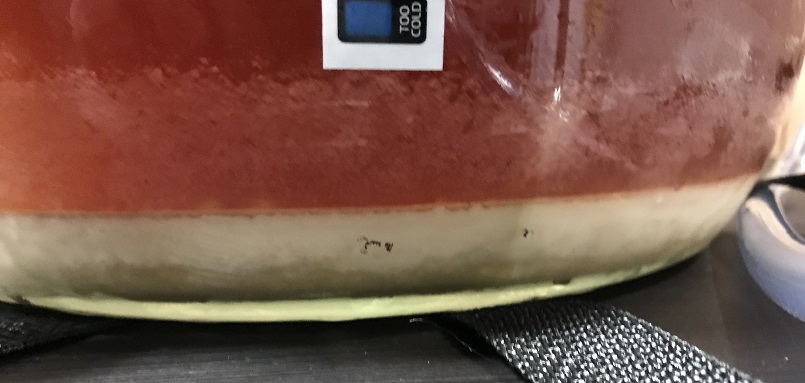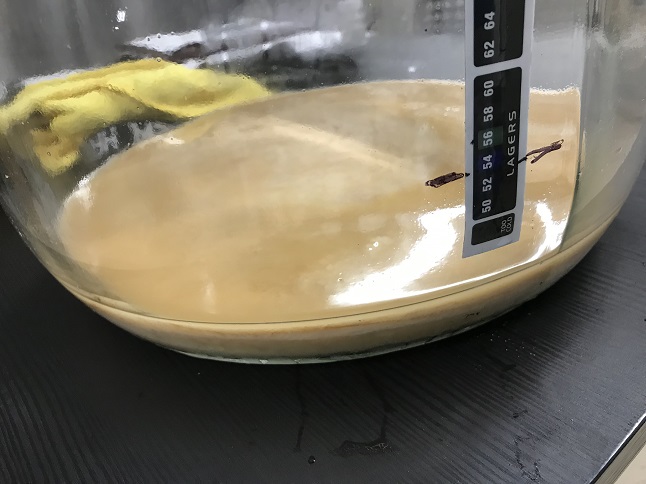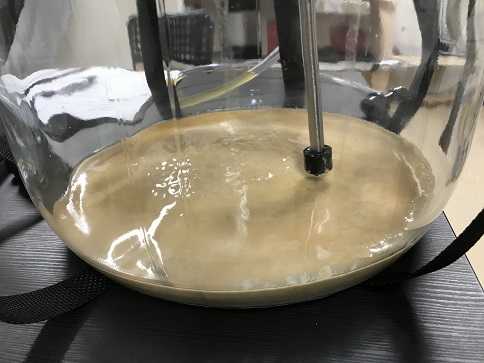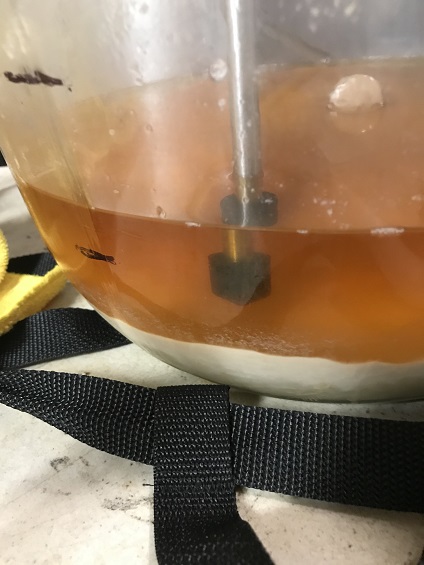I've brewed a few batches before, and decided I might try cold crashing my current batch once it is done fermenting. So I read a few articles and forum posts on the topic and mostly understand the process but one thing that occasionally gets described keeps tricking me up.
I keg my beer and as such will be cold crashing in the kegerator for temp (34-36 F), but in the primary fermenter.
A few posts and articles have mentioned that it is possible to cold crash in the keg, and you can carbonate at the same time. Then just open the tap and the first few pints will be yeast cake. While I plan on using my fermenter as the vessel, this last part confused me.
My question is: why doesn't that happen normally then? I've never thought of the process I do to carbonate as cold crashing, but I've been doing the above and not even my first pint is yeast cake.
There are two possible reasons (in my mind) that I'm not getting a yeast cake from my first pull.
I'm not saying I don't get a yeast cake, I'm just saying it is never on the order of 2-3 pints of it as some posts mention you get when you cold crash in a keg.
What's going on here?
I keg my beer and as such will be cold crashing in the kegerator for temp (34-36 F), but in the primary fermenter.
A few posts and articles have mentioned that it is possible to cold crash in the keg, and you can carbonate at the same time. Then just open the tap and the first few pints will be yeast cake. While I plan on using my fermenter as the vessel, this last part confused me.
My question is: why doesn't that happen normally then? I've never thought of the process I do to carbonate as cold crashing, but I've been doing the above and not even my first pint is yeast cake.
There are two possible reasons (in my mind) that I'm not getting a yeast cake from my first pull.
- I'm generally pretty conservative with the siphon going from fermenter to keg, When the liquid hits the 1 gallon mark I tilt the fermenter and continue until it looks like there is noticeable amounts of floating yeast cake in the beer then pull out the siphon. There generally is a layer of beer on the bottom of the fermenter when I'm done siphoning.
- Generally I roll/shake the keg while it is carbonating, though of course it will sit for 2+ days before I will drink from it. Obviously that will disturb the yeast and make it float around, but if letting it sit 4+ days in the keg (without disturbing) will get a 2-3 pints of yeast cake I'd expect my first pulls to have some noticeable yeast cake.
I'm not saying I don't get a yeast cake, I'm just saying it is never on the order of 2-3 pints of it as some posts mention you get when you cold crash in a keg.
What's going on here?






